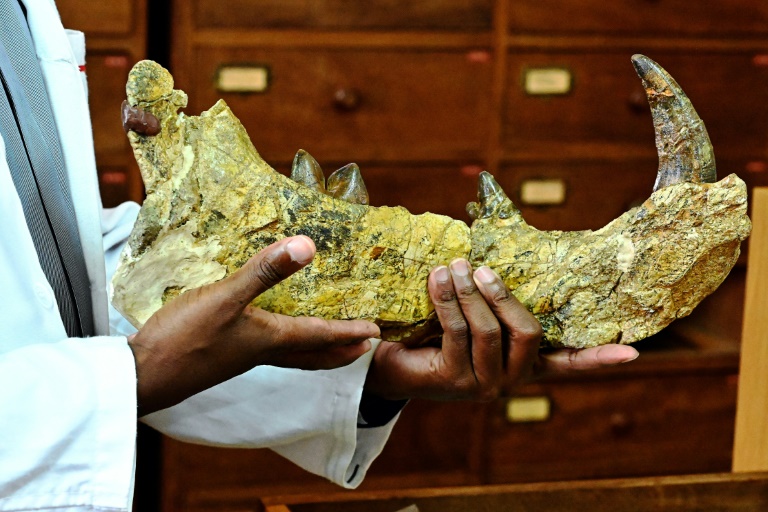The Hassana Dome is a unique geological formation in Giza created 100 million years ago. Although designated a natural protectorate in 1989 by Prime Ministerial Decree 946/1989, it is currently threatened by encroaching urbanization and construction works. Located in the area of Abu Rawash, 8km from the Pyramids of Giza, the geological importance of the Hassana Dome and its richness in fossils was first discovered in the mid-nineteenth century.
The formation’s name owes to its dome shaped hills (up to 149 meters high) and its location at the end of the Hassana Valley. The protectorate is split in two by the Cairo-Alexandria Desert Highway, which runs directly through it. Its western side is rich in chalky sedimented hills and seashells, along with plant and animal fossils dating back to the Upper Cretaceous Period.
With an area of just one square kilometer, the protectorate is one of Egypt's smallest. While not a well-known tourist destination, it is increasingly surrounded by urbanization and the pollution that accompanies it. The upscale New Giza housing project lies immediately at its southern border, while a network of pipelines is currently being installed along its eastern side. Quarries operate in the vicinity and commercial farms are found along its southeast border.
Mohamed Qutb, the Director of the Hassana Dome Protectorate, told Al-Masry Al-Youm, "This is a purely geological protectorate. There is not much here in terms of plants, animals or wildlife." He added that the protectorate does not receive many visitors, except those interested in geology and paleontology, along with students on scientific school fieldtrips, "so the protectorate is not disturbed or polluted by visitors."
According to Qutb, "our principal problem here is one of solid waste disposal. Trucks carrying rubble and refuse from quarries and construction sites dump their solid waste all along the Cairo-Alexandria Desert Highway. Hotels also end up dumping their garbage here. They dump this waste along both sides of the road, on the eastern and western halves of the protectorate."
Indeed large slabs of concrete and stone, scrap metal, used tires, and bags filled with rubble are shamelessly dumped alongside the road. A few plastic bags can also be seen floating about the protectorate. "Thankfully this is a small protectorate, so it is relatively easy to clean and maintain" said Qutb.
Qutb does not consider the encroaching urbanization, construction and infrastructure works to be harming the protectorate. "They are not allowed to build anything within our borders."
Yet deep trenches and dozens of industrial pipes are openly laid out at the Hassana Dome Protectorate’s eastern end. A huge electric billboard screening advertisements for the New Giza housing project is perched upon a hill no further than 2km away, while bulldozers are busy digging up the earth for the expanding project.
The brochure distributed at the protectorate's modest office building describes the Hassana Dome as "an open-air museum." Certainly it is blessed with a diversity of fossilized plants and animals, as well as the remains of prehistoric coral reefs and seashells attributed to the presence of the Tethys Sea, the Mediterranean’s predecessor.
The geological richness of the area known as Hassana Dome was first discovered by French engineer Gustave Le Febrve, who was commissioned by Mohamed Ali Pasha in 1839 to survey the area around the Pyramids of Giza. To someone who is neither a geologist nor a palaeontologist there may not be much to see here—indeed it looks like an ordinary plot of desert with hills–but to specialists the Hassana Dome truly does resemble an open-air prehistoric museum.




